THIS ARTICLE/PRESS RELEASE IS PAID FOR AND PRESENTED BY UiT The Arctic University of Norway - read more
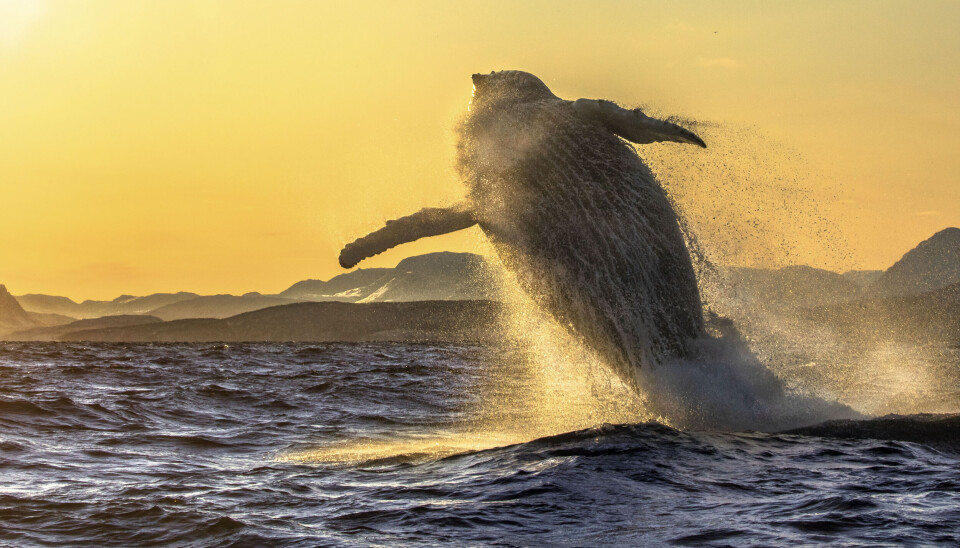
Humpback whales can adjust their swimming speed when running late – even when pregnant
For the first time, scientists have followed a humpback whale for a whole year using satellite technology.
Humpback whales are one of the largest mammals in the world. Adult humpback whales are about 15 meters long and can weigh 40 tonnes, about the same as 30 cars.
Humpback whales undertake the longest migration of any mammal on Earth and therefore need a lot of energy for the long journey.
During migration, a whale generally only feeds at high latitudes during summer and into early winter, but must survive the rest of the year on their fat stores.
Budgeting their time and energy is therefore crucial.
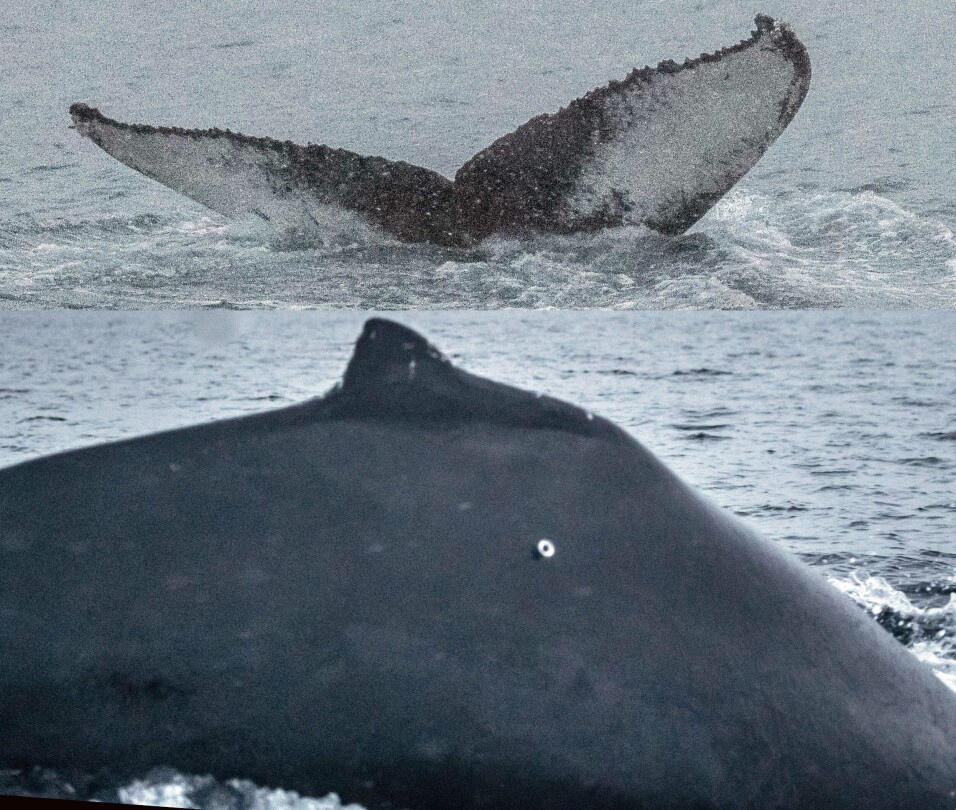
Theresia the whale
Researchers from UiT The Arctic University of Norway followed the journey of a whale named Theresia for 18,000 kilometres. They tagged her with a satellite transmitter, and followed her for a whole year. The researchers also discovered that Theresia was pregnant.
A satellite transmitter was attached to the whale's skin and sent signals up to satellites in space every time the whale reached the surface. This allowed the researchers to pinpoint where in the world Theresia was at any given time.
"This is the first time researchers have been able to document how a whale varies its swim speed throughout the year to adhere to their annual schedules, and how a mother whale may adjust her behaviour when traveling with a calf," Lisa Elena Kettemer from UiT says.
She is currently doing a PhD on humpback whales and their migration patterns.
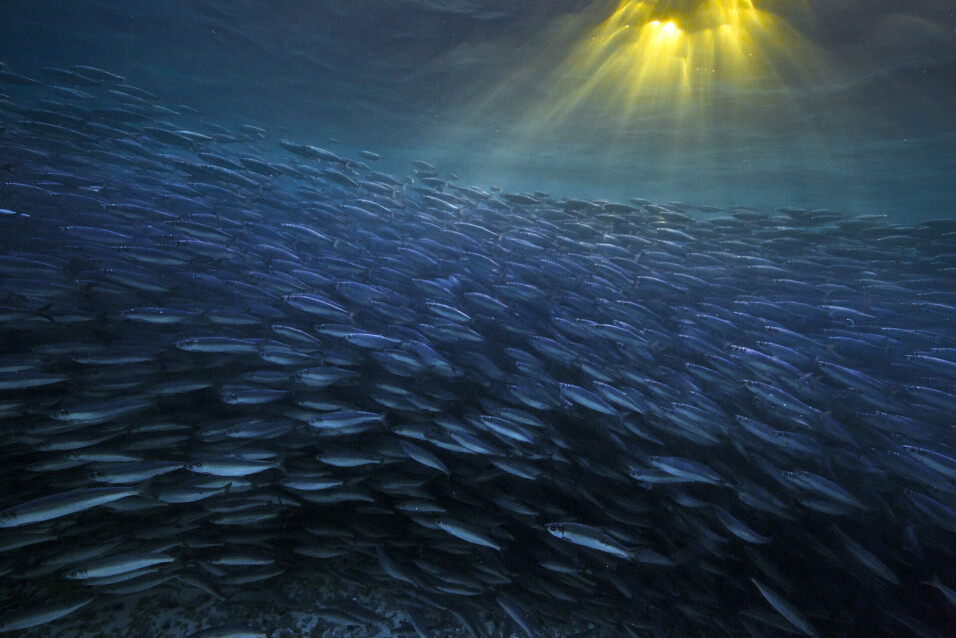
A herring feast
Theresia started the year with a stopover herring feeding frenzy off the coast of Northern Norway, where she was tagged.
A pregnant whale probably eats 2-3 per cent of its own body weight per day. If Theresia weighed 30 tonnes, she would then have to eat between 600 and 900 kilos of herring a day. This equates to roughly 4,500 herring per day.
"Pregnant whales need extra energy both for the long journey and to nurse the newborn baby whale they give birth to in tropical waters. Therefore, they eat extra food and are the last to leave the eating areas outside Northern Norway in the winter," Professor Audun Rikardsen says.
He leads the research project on these whales.
Because of the unusual herring feeding in Northern Norway and the long journey, the researchers wanted to know how fast Theresia swam and when she would arrive at the mating and birthing grounds.
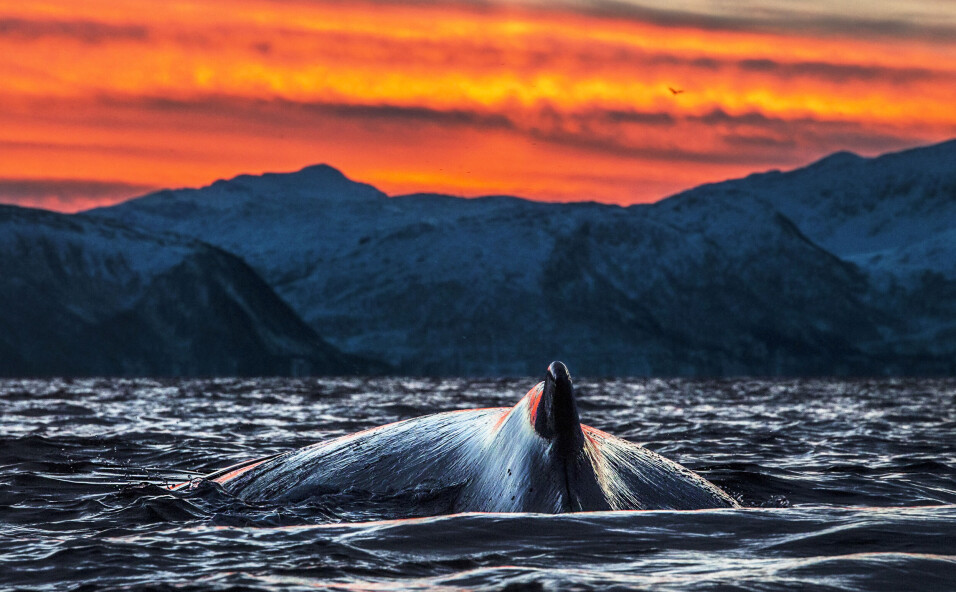
Running late
When Theresia started her journey southwards, the researchers noticed that she was swimming very fast. They think she did this to make up for the extra time she spent grazing on herring in Northern Norway.
"Because swimming faster costs more energy, we wondered if she could make this long journey and still be back in time for the feeding season in the Arctic summer," Kettemer says.
Suddenly, the whale slowed down in the middle of the Atlantic.
"Because Theresia suddenly slowed down, we think that she gave birth before reaching the warm and sheltered waters of the breeding grounds - in the middle of the North Atlantic," Kettemer says.
After the birth, she swam slower before reaching the warm and sheltered waters of the mating area in the Caribbean.
"She then had a small baby whale in tow," the researcher says.
Kettemer explains that Theresia and her calf spent fewer days resting than they really needed. Mother whales elsewhere use coastal areas, close to land, to rest and nurse their calves.
"This is the first time scientists have found out that a whale can vary its swimming speed throughout the year to follow its schedule, and how a mother whale can adapt when traveling with a calf," Kettemer says.
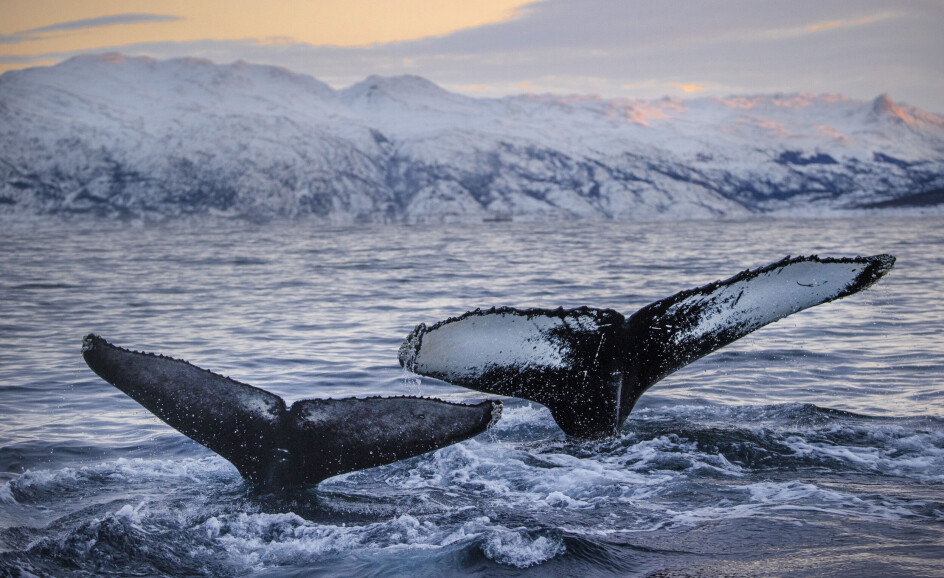
High seas protection
Whales like Theresia traverse the Northeast Atlantic, far from any coastline.
This means that most of the trip crosses the open ocean, an area called the ‘high seas’, an area with limited scientific knowledge.
The high seas area represents two-thirds of the ocean surface and is currently not protected or managed, because it does not fall under the jurisdiction of any government.
"A treaty to protect high seas biodiversity in the future would ensure protection and sustainable management of both whales and other animals that spend much of their time in these remote areas," Kettemer says.

This article/press release is paid for and presented by UiT The Arctic University of Norway
This content is created by UiT's communication staff, who use this platform to communicate science and share results from research with the public. UiT The Arctic University of Norway is one of more than 80 owners of ScienceNorway.no. Read more here.
See more content from UiT:
-
AI can help detect heart diseases more quickly
-
Why does Norway need its own AI law?
-
Researchers reveal a fascinating catch from the depths of the sea
-
How can we protect newborn babies from dangerous germs?
-
This is how AI can contribute to faster treatment of lung cancer
-
Newly identified bacterium named after the Northern Lights is resistant to antibiotics




































